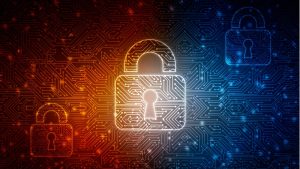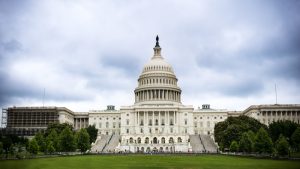Amid a school year marked by modernizing education technology to enable distance and hybrid learning, Arizona State University’s Thunderbird School of Global Management had a technology-driven graduation ceremony featuring commencement speeches delivered via hologram.
Reps. Andy Kim, D-N.J., and Joe Wilson, R-S.C., introduced bipartisan legislation on May 4 that would strengthen states’ cybersecurity readiness and allow governors to deploy their state’s National Guard to respond to cybersecurity threats.
A New Mexico judge ordered the state to provide computers and high-speed internet access to “at-risk” students who lacked the resources needed to access remote learning both during and after the coronavirus pandemic.
Members of a key House cybersecurity subcommittee and a panel of expert witnesses agreed at a May 5 hearing on the pressing need to disrupt ransomware-driven cyber attacks, and aired a variety of strategies to more toward that goal.
New research on broadband accessibility found that 77 percent of Americans now have access to low-priced wired broadband plans in the first quarter of 2021.
Labor Secretary Marty Walsh told members of Congress last week that between $600 and $700 million of Federal funding approved under the American Rescue Plan Act will be used to pay for technical assistance to states to improve their unemployment insurance (UI) systems.
Federal Communications Commission (FCC) Acting Chairwoman Jessica Rosenworcel on April 30 released a draft of a proposed order for the $7.17 billion Emergency Connectivity Fund, which would reimburse schools and libraries for their purchases of devices and broadband connections during the COVID-19 pandemic.
The Federal Communications Commission (FCC) announced the start of the Emergency Broadband Benefit (EBB) program, which will allow eligible households to receive a monthly discount off broadband service costs from an approved provider as of May 12, 2021.
A bipartisan group of senators has reintroduced the Rural STEM Education Act, which would provide Federal support for STEM training in rural schools and instruct the director of the National Science Foundation (NSF) to provide grants to support training for rural STEM teachers.
Senate Democrats and Independents reintroduced legislation this week to expand the Federal Communication Commission’s (FCC) 2.5 GHz Rural Tribal Priority Window.













